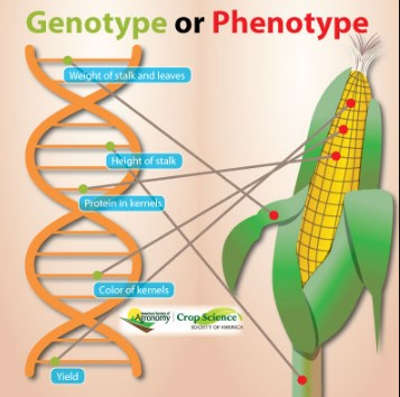Crop breeders gather field, lab data for improved traits
Plant breeders need to know there’s good genetics in the crops they are developing. The Dec. 7th Sustainable, Secure Food blog explains how crop scientists improve crops using data gathered from both the field and the lab.

“DNA is like an ‘instruction manual’ that gives every living plant and animal its own unique traits,” says Christine Bradish, AVOCA.
For plants, this can include traits that can be measured in the field—for example, flower color, plant height, or disease resistance. These are phenotypes. Researchers take as many measurements as possible, and across the widest range of field locations and years as possible.
On a microscopic level in the lab, scientists can map out a plant’s traits in the chromosomes. This is the genotype. “Many plants now have entire genetic maps done, or better yet, have all their DNA sequenced. It’s a big deal to have a plant’s DNA sequenced, and can help breeders in selecting new crop varieties to develop.”
Click here to see more...